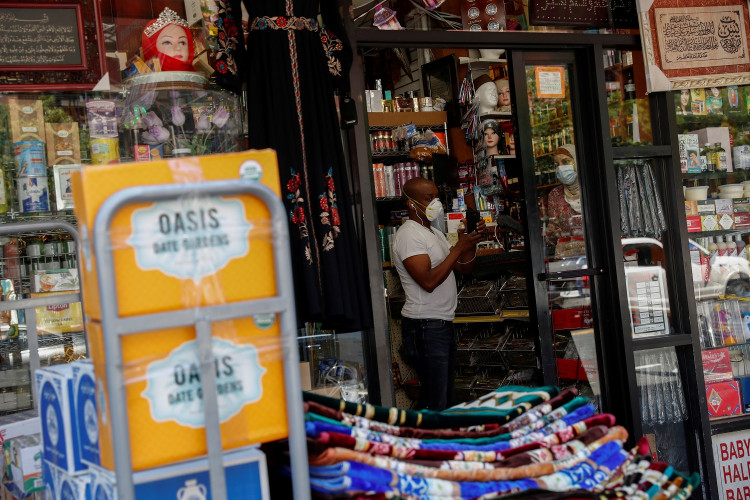In a positive sign for the U.S. economy, retail sales in December outperformed expectations, increasing by 0.6% according to the Commerce Department. This rise in consumer spending, particularly in clothing and online nonstore businesses, surpassed the Dow Jones estimate of 0.4%, signaling a robust end to 2023. Excluding autos, sales rose by 0.4%, exceeding the forecasted 0.2%.
This surge in retail activity is a testament to the American consumer's resilience in the face of economic uncertainty. The increase in sales indicates that consumers are more than keeping pace with the annual inflation rate of 3.4%, as measured by the Consumer Price Index, which rose by 0.3% in December.
"The Fed was already hammering away on its 'no rush to cut rates' message, and today's stronger-than-expected retail sales won't give them any reason to change their tune," commented Chris Larkin, E-Trade's Managing Director from Morgan Stanley. The results may influence the Federal Reserve's approach to interest rate decisions, as a buoyant consumer market suggests sustained economic momentum.
The report showed a widespread upsurge in sales, with notable gains in clothing and accessory stores, as well as online retailers, each seeing a 1.5% increase. However, some sectors experienced declines, such as health and personal-care stores and gas stations, where sales dropped due to easing fuel prices.
Oren Klachkin, Nationwide's financial markets economist, reflected on the data: "Consumers were willing to spend during the holidays and will remain inclined to do so as long as real income gains more than offset the drag from elevated interest rates and tight lending standards. We think this narrative will persist in early 2024 but then lose steam as the job market deteriorates."
On a yearly basis, retail sales concluded 2023 with a 5.6% increase. Food services and drinking places led the annual gains with an 11.1% rise, while both health and personal care, and electronics and appliances saw 10.7% increases. Gas stations, conversely, experienced a 6.6% drop.
The Commerce Department's control group, a key indicator used in gross domestic product calculations, showed a 0.8% increase in sales for December. This data point, excluding sales from auto dealers, building materials stores, gas stations, and other specific retailers, offers a clearer view of consumer spending patterns.
The strong retail sales figures arrive alongside other economic indicators. Import prices remained steady in December, defying Wall Street's expectation of a decline. Meanwhile, export prices fell by 0.9%, matching the drop in November.
With the Federal Reserve closely monitoring economic growth and inflation, these encouraging retail figures could influence their policy decisions. Current market expectations lean towards multiple rate cuts in 2024, but sustained economic strength could lead the Fed to maintain a more restrictive stance.
As the U.S. economy navigates through 2024, the resilience of consumer spending will be a critical factor in shaping its trajectory. The robust retail sales in December underscore the consumer's pivotal role in driving economic growth, even amidst challenges and uncertainties.






